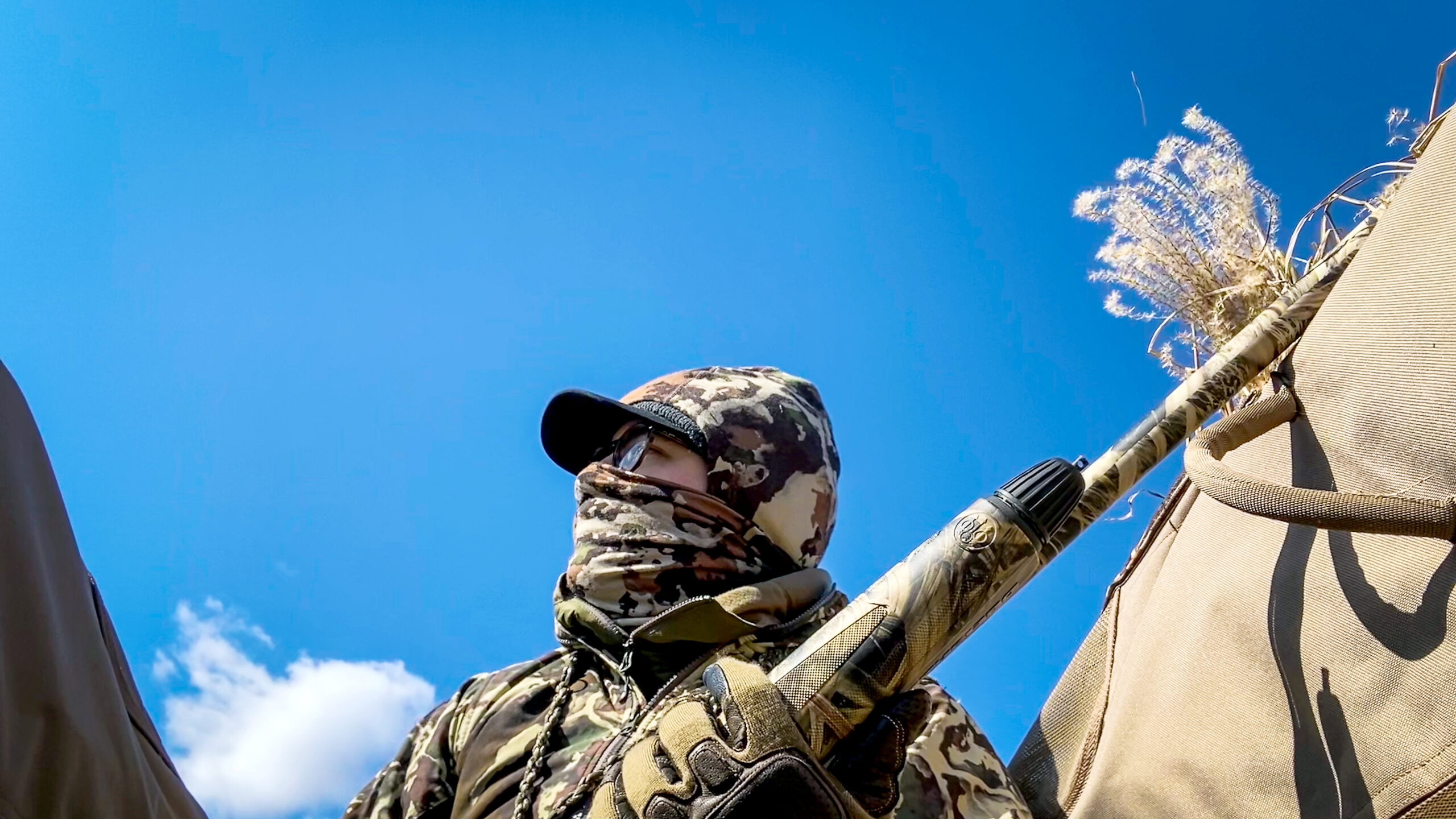BRUNSWICK, Md. – It’s not often that I find myself packing up my Outlander Sport and embarking on a late-night drive to middle Maryland to go goose hunting – hunting in general, really – but there I was, pulling into my girlfriend’s grandmother’s house at 1 a.m. to wake up four hours later to do just that.
If you’re a West Virginia waterfowl hunter, you know our duck and Canada goose seasons ended on Jan. 31. The Mountain State has no conservation hunting season for light geese (or snow, Ross’s, and blue geese), meaning if you want some late-season action you need to head to places like Maryland, Delaware, Virginia, and Pennsylvania. If you’re looking to pack the freezer with Plain Jane Canada geese, Maryland has a late goose season that runs through mid-March.
I’ve been planning out a conservation order hunt in Maryland with a group I do a lot of my waterfowl hunting with, but with those being hit or miss in the late season, I wasn’t going to pass up the opportunity to squeeze in an early-morning jump-shoot and mid-morning sit for an extra chance at getting some birds in the ice chest. Funny enough, a few days before the snow goose conservation hunt, our guide pulled out, citing different circumstances. These things happen, which makes a DIY late-season hunt all the more special.
Pat Vega and I met up with Kurt Schaeffer at his house near Brunswick before heading to a Park and Ride off U.S. Route 340 to pick up our fourth groupmate, Josh Ritchey. Finally, we began the last leg of our trip to the small farm we’d be hunting.
As we pulled down the gravel road, the sight before us was magical. Easily over 100 geese were resting on the small pond below the resident bed and breakfast. We came up with a plan: Vega, Ritchey, and I would move down the right side of the pond, while Kurt made his way slowly down the hill but not downrange of our blasts. Unfortunately, before we could get into a good range, the birds spooked and exploded off the calm pond, honking as they flew away from us, over 340, and onto a neighboring property. Disheartened but not defeated, we began setting up the layout blinds for our few-hour sit.
After getting cozy in our plastic and camouflaged boxes, the action almost immediately began. What was interesting, mostly, was that the birds hardly made noise as they came in over the timber or from behind us, cruising in silently to our decoy spread. The first bird of the day came over the pines to our right, met with a curtain of pellets from three blasts. He went down fast, but soon after, two more birds came in. They, too, faced a barrage of steel shot, falling into the water. Following the second group, Schaeffer went off to collect the birds that had floated to the edge of the pond, creating a pile inside the land decoys.
Not 20 minutes later, four birds came locked into our spread. I’ve written it before, and likely will more, but anytime I see a waterfowl come in, wings locked and feet down, I’m amazed. I had to snap out of it quickly, though, as Schaeffer yelled, “Get ’em!”
Three of the four fell dead on the water or behind us in the field, while the final bird was crippled and cruised to the back of the pond. Vega set out to kill it, which proved difficult for the range he was at with his BB loads. Finally, the bird died and it was added to the pile.
The morning closed with no more birds but proved a relaxing way to end Maryland’s season. It was a nice mid-40 degree day with plenty of action. Still, as we left the farm, I couldn’t help but dream of next season when temperatures will be in the 60s and 70s, and the birds will be fresh.
Needless to say, waterfowl are one of the only game animals I’ll agree to a last-minute hunt for.
TWEET@DominionPostWV




